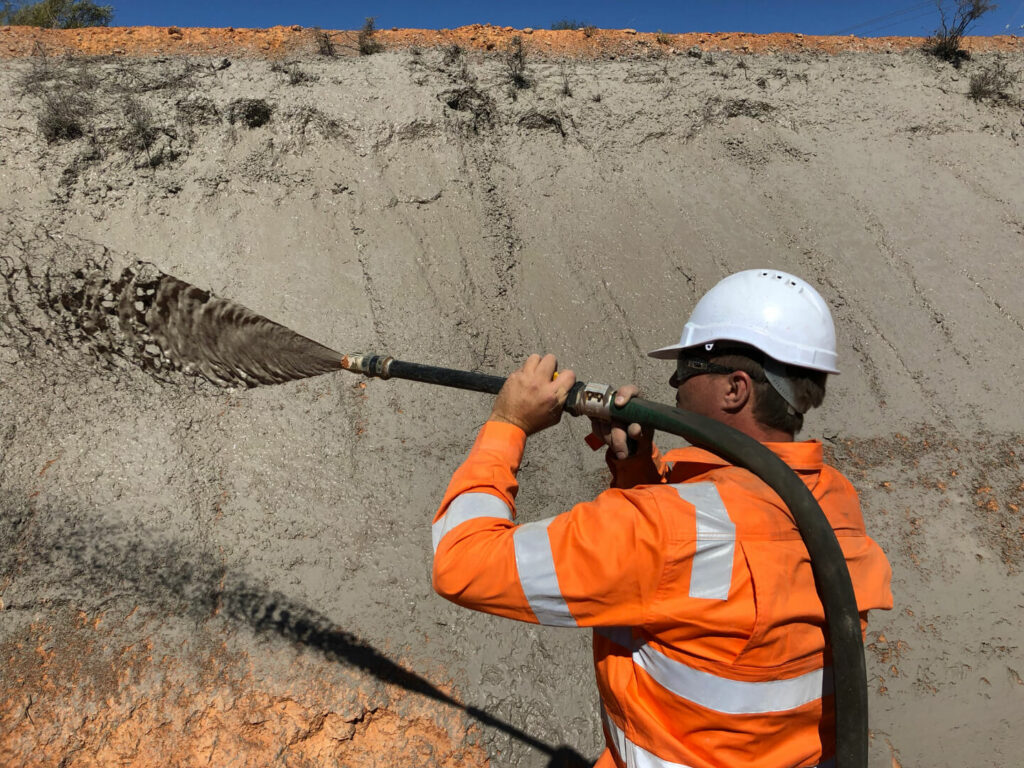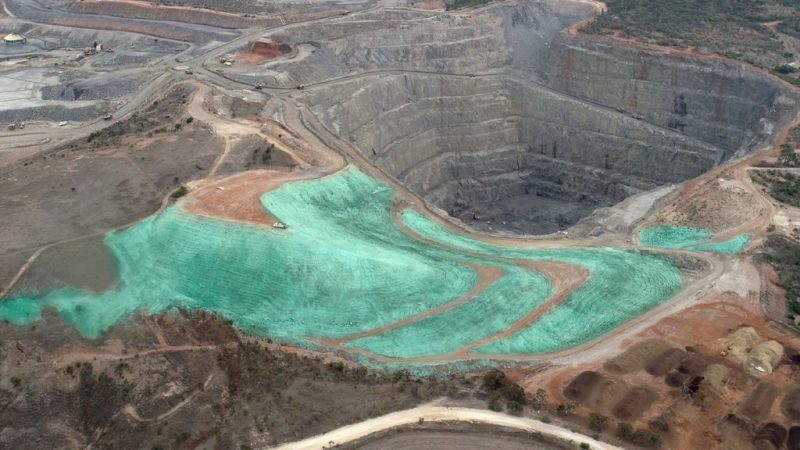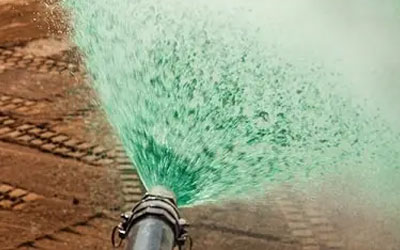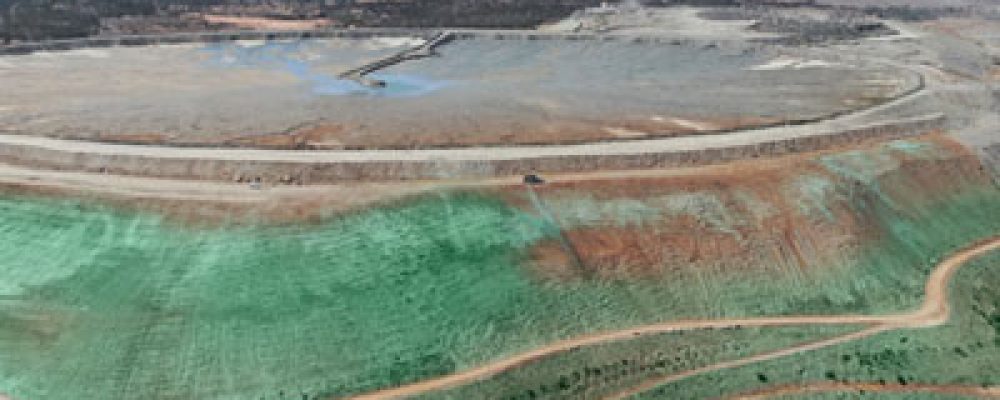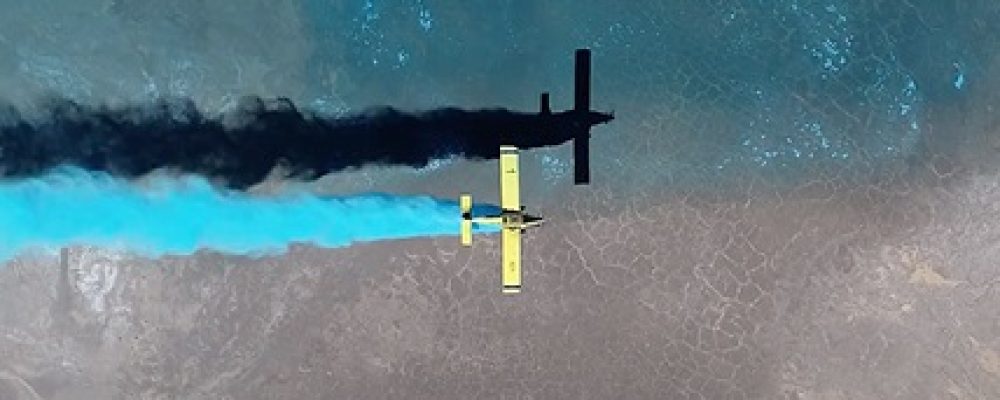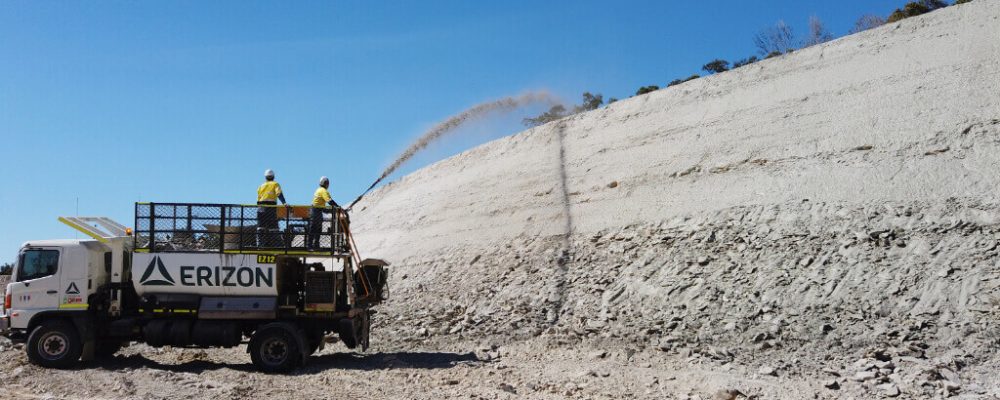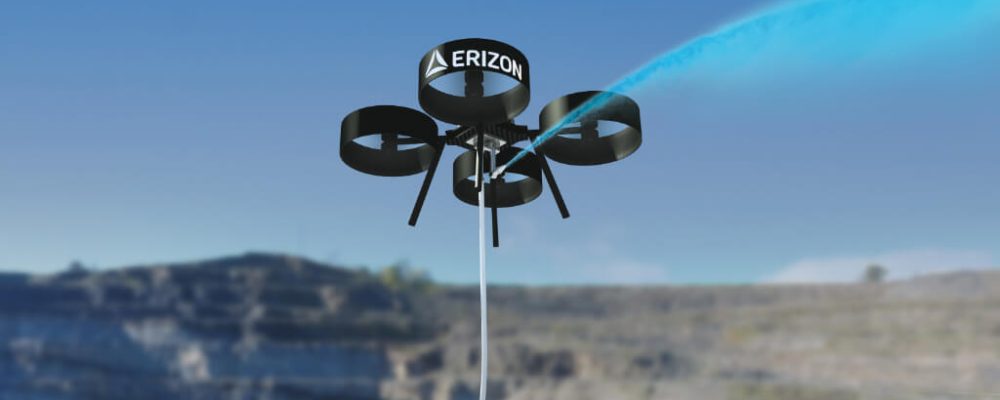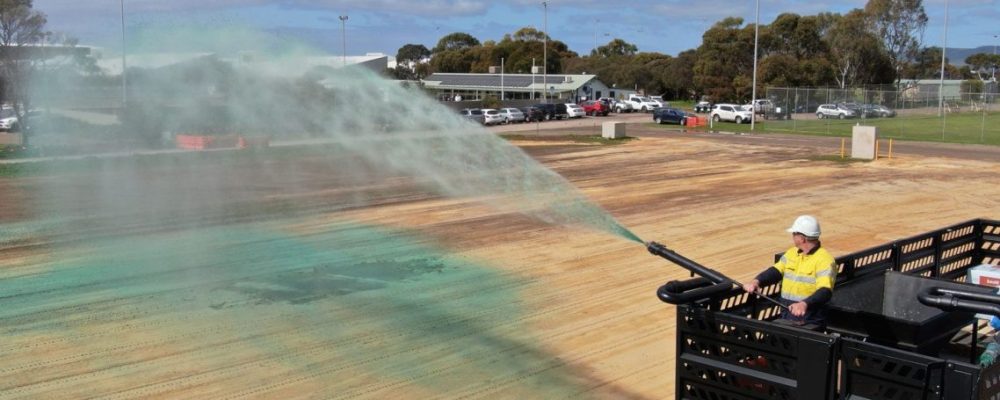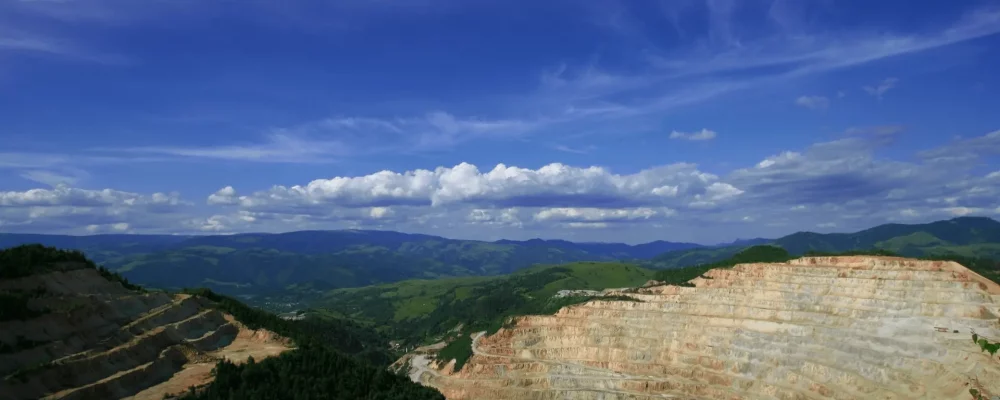The impact of mining activities on the local environment are well documented and regularly reported on. Erosion contributes heavily to the negative impact of mine sites on the surrounding environments and ecosystems. Luckily erosion control has come a long way in recent years, and there are ways to minimise the impact that erosion has on the local environment.
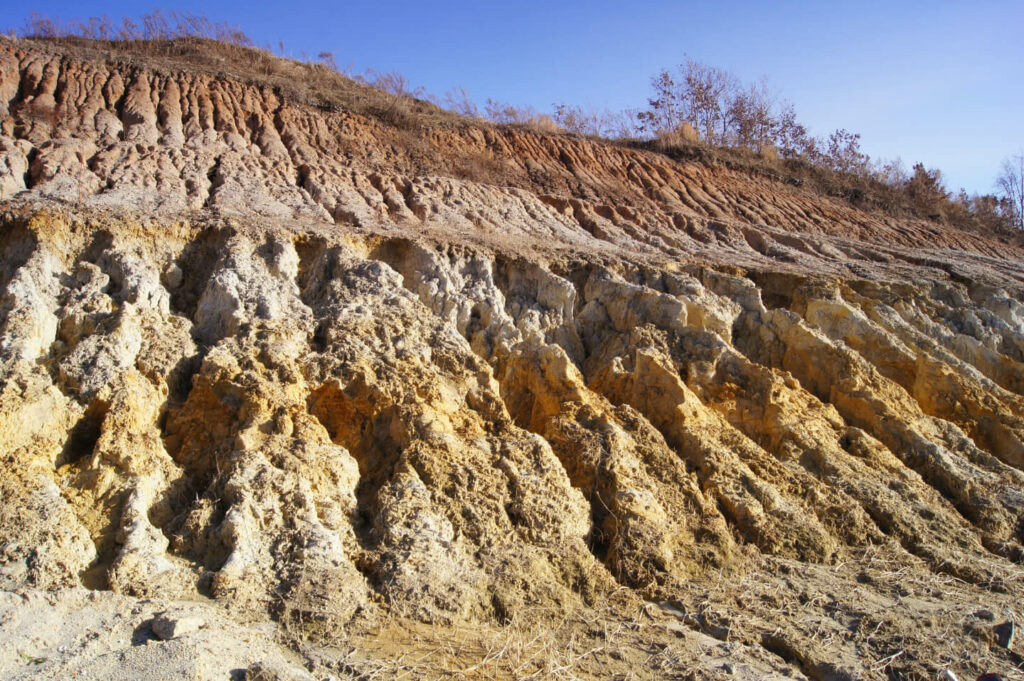
What is erosion?
Erosion is a process that results in the wearing down of land due to environmental forces such as wind or water. This process is most well-known for the creation of canyons or rivers over centuries. In mining, we must focus on the shorter-term erosion impact on topsoil. Any land area with no vegetation cover is at a high risk of wind or rain stripping the exposed topsoil and carrying it away.
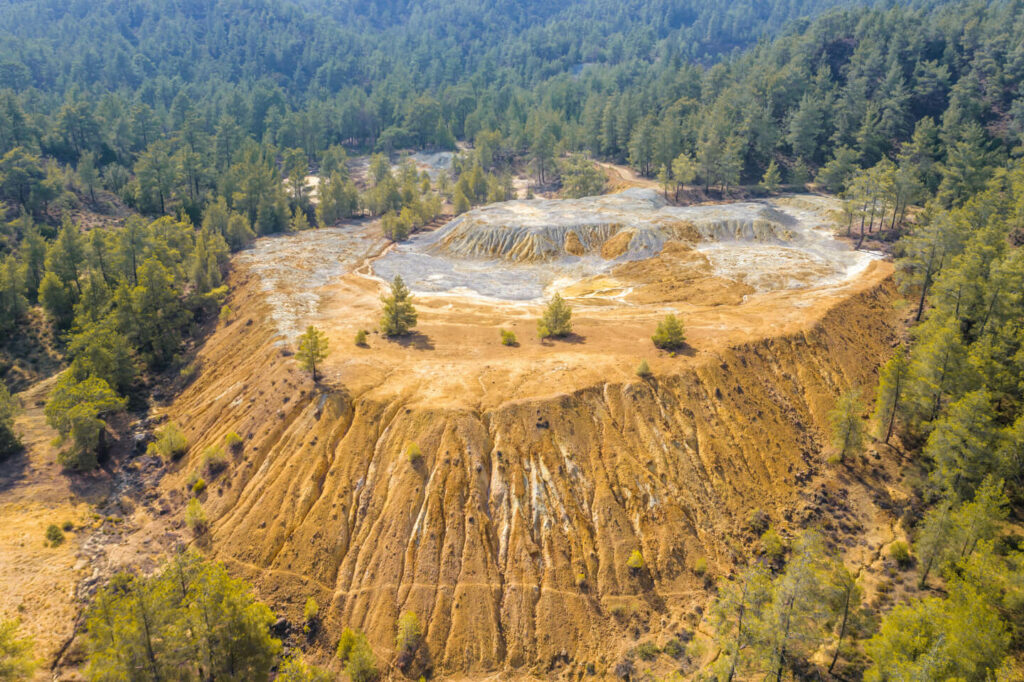
How does erosion impact the local environment?
When considering erosion control the first thing to look at is how erosion impacts the local environment and what needs to be addressed. Erosion run-off carries the topsoil and potentially other hazards away from the original location. This run-off often ends up in creeks and streams and can be harmful to the existing ecosystem within the local waterways. In mining especially, we must be aware of “dirty soil” being transported out of allocated, controlled spaces. The transport of soil contaminated with heavy metals or other chemicals into waterways can have detrimental effects reaching far further than expected. Once contaminated materials are into a waterway, they can travel the entire system.
Even uncontaminated soil must be properly handled to ensure it doesn’t create hazards or impact on the local environment. Topsoil and other detritus being washed into waterways can cause blockages to the point that it’s even possible to change the path of a creek or stream. Additionally, the loss of topsoil creates challenges when it comes time to revegetate affected areas. The loss of nutrients and organisms normally found in topsoil will hinder any plant growth and create more cost to encourage plant growth.
While not an impact on the local environment, the potential hazards that erosion can create is also something to be considered. Erosion can wash detritus onto roadways or workspaces and is a potential safety hazard that needs to be recognised when planning erosion control.
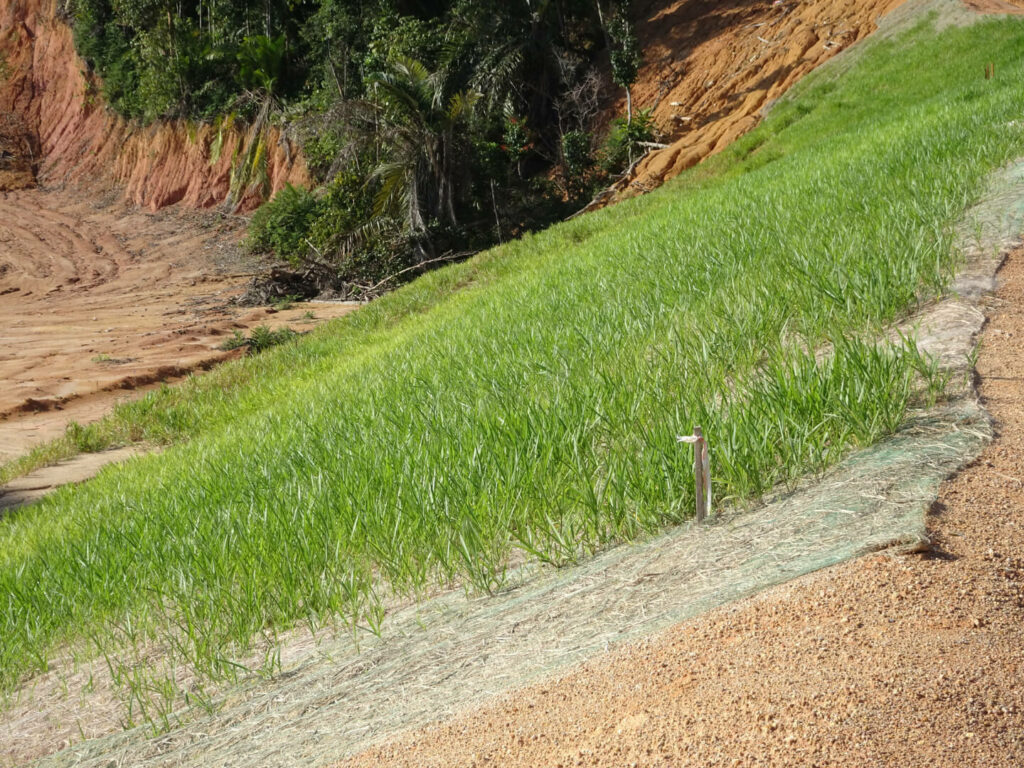
How do you control erosion?
There are many options for erosion control and the technology continues to improve. The solution that fits best depends on many variables. Whether you need a long- or short-term solution, the gradient of the slope, any accessibility challenges, and potential traffic are all things to take into consideration when choosing your solution. Below we explore some potential solutions that fit different requirements.
Erosion control blankets are traditionally a biodegradable, open-weave blanket used to provide temporary protection from wind and rain. They’re also often used to protect and encourage revegetation during early stages of the process. Erosion control blankets have been a solution for a long time and seem relatively simple. However even in this simple solution technology has come a long way. Some companies have recently developed erosion control blankets that can be applied hydraulically. Hydraulic application effectively eliminates some of the biggest challenges faced when applying more traditional products. For locations that are difficult to access people no longer need to traverse the terrain, rather it is applied from specialised hydroseeding trucks known as HydroRigs and sprayed on. Due to this process, it can also be applied up to 10 times faster than traditional erosion control blankets. Technology has also made strides in durability thanks to the hydraulic process. Some products, such as Erizon’s ground-breaking EcoArmour, can last up to 20 years due to the flexible membrane that is formed eliminating cracking.
With the advances in technology, hydraulicly applied erosion control blankets have become one of the best all-round solutions for erosion control. However, for areas that are no longer being worked revegetation is a solution that should be seriously looked at.
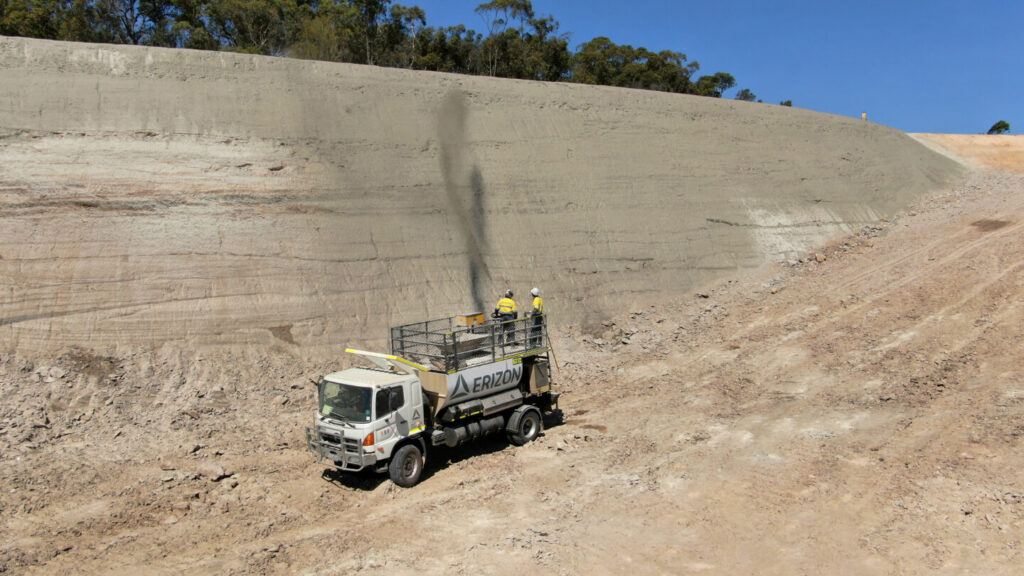
When considering the environmental impact of mine sites and erosion, revegetation brings several long-term advantages. Revegetation begins the process of revitalising the local ecosystems and is often necessary to kickstart natures reclaiming process. But it provides more advantages than just that, the vegetative cover is a great source of erosion control. The root systems secure the soil minimising topsoil run off while additionally minimising water run off by absorbing much of it. Studies have shown that effective vegetative cover can prevent as much as 95% of rain run-off, drastically reducing erosion. The leaf and grass growth provides another layer of protection against for soil against both win and rainfall impact, lowering erosion even further.
Once more, technology has seen great advances in revegetation techniques. Hydraulically applied systems such as Hydromulch eliminate many challenges faced when planning a revegetation project. The advantages mentioned earlier regarding the erosion control blankets also apply to Hydromulch. Accessibility challenges are minimised, or eliminated entirely, and speed of application is improved drastically. Raising any hydraulically applied products to a level above their competition.
For any erosion control project, it’s best to speak to an expert. Erizon are a leading Australian expert for erosion control and revegetation projects specialising in the unique challenges often found on mining sites, railway cuttings, civil & Infrastructure projects across Australia.
Contact Erizon for your next project and find out how they can help.
